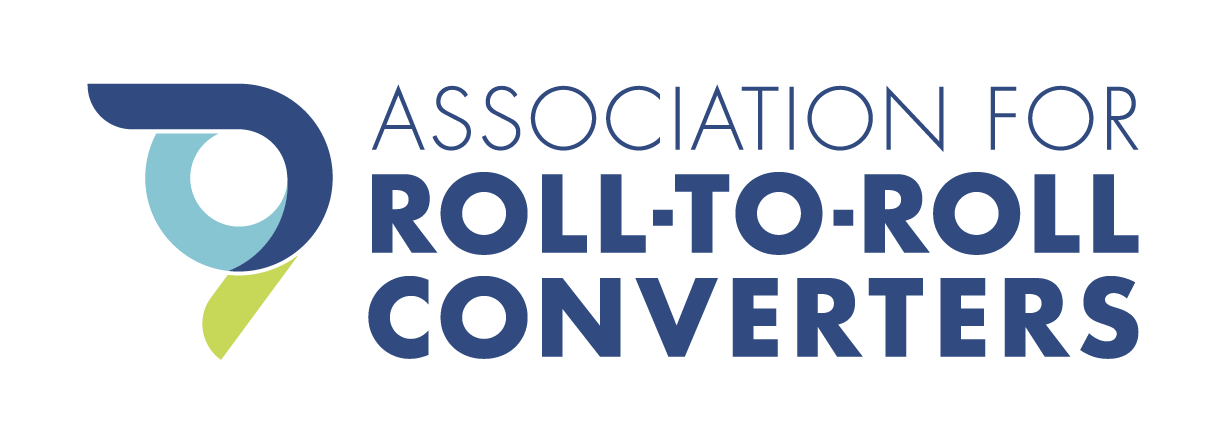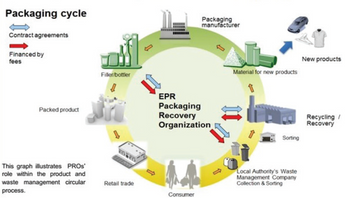Closed-Form Solutions to Steady-State Temperature Distribution in Moving Webs
Presented by Aditya Yalamanchili, Texas A&M University
Heat transfer between the moving web and the heating/cooling sources and/or ambient is common in many Roll-to-Roll (R2R) manufacturing processes, including printing, coating, embossing, lamination, etc. The thermal strain in the moving web has a significant bearing on the transport behavior as well as process quality. Existing methods for predicting temperature in the moving web have assumed a priori knowledge of the temperature distribution, or more predominantly, overlooked critical aspects such as conduction within the web, and often modeled the web as a 1-dimensional (1D) lumped system. Additionally, certain methods focused on complex transient solutions by converting the spatial temperature distribution due to web motion into a time-dependent function. There are several disadvantages to these existing methods, including the inability to apply exact boundary conditions related to a variety of R2R processes; for example: (1) non-symmetric transverse boundary conditions cannot be applied to a 1D model, i.e., the two surfaces of the web are subject to different heat transfer conditions; and (2) temperature continuity boundary conditions cannot be applied when conduction within the moving web is ignored, resulting in discrepancies between predicted and observed thermal behavior.
This research proposes an approach to model steady-state temperature distribution and thermal strain in moving webs pertinent to various R2R processes, addressing the key aspects that were overlooked in the existing literature. Analytical solutions to the steady-state convection diffusion equation in two dimensions (2D) (governed by a linear, non-homogeneous second order partial differential equation) will be presented, which provide the temperature distribution across the web's thickness and its transport direction. The analysis will consider boundary conditions relevant to various R2R processes including transport of web through furnaces, radiating panel, heated rollers, and free spans. Additionally, one-dimensional (1D) solutions in the transport direction will be discussed along with the specific scenarios, where the 1D approximation is valid, by considering the appropriate non-dimensional parameters.
The proposed closed-form analytical solutions will be evaluated through comparisons with numerical simulations and experimental data. The findings will be useful in developing accurate governing equations for web tension in R2R systems, as well as designing high-performance model-based control strategies to optimize web transport and mitigate the challenges posed by thermal strain in the moving web. Additionally, the proposed model may also be extended to study thermal strain and its effects on transport dynamics in processes such as wet and dry coating whose temperature is different from the moving substrate.
This post is for paying members only
SubscribeAlready have an account? Log in

